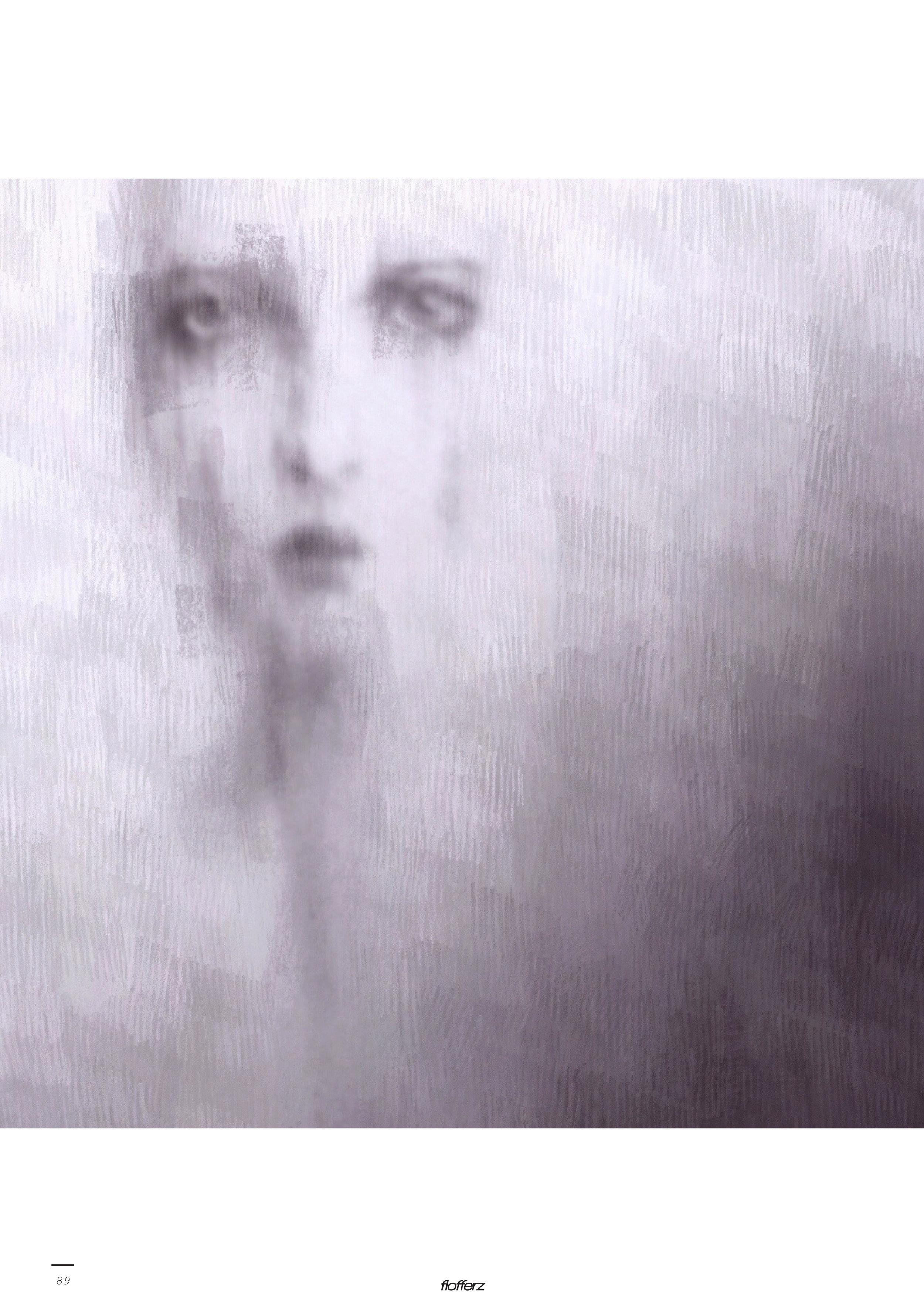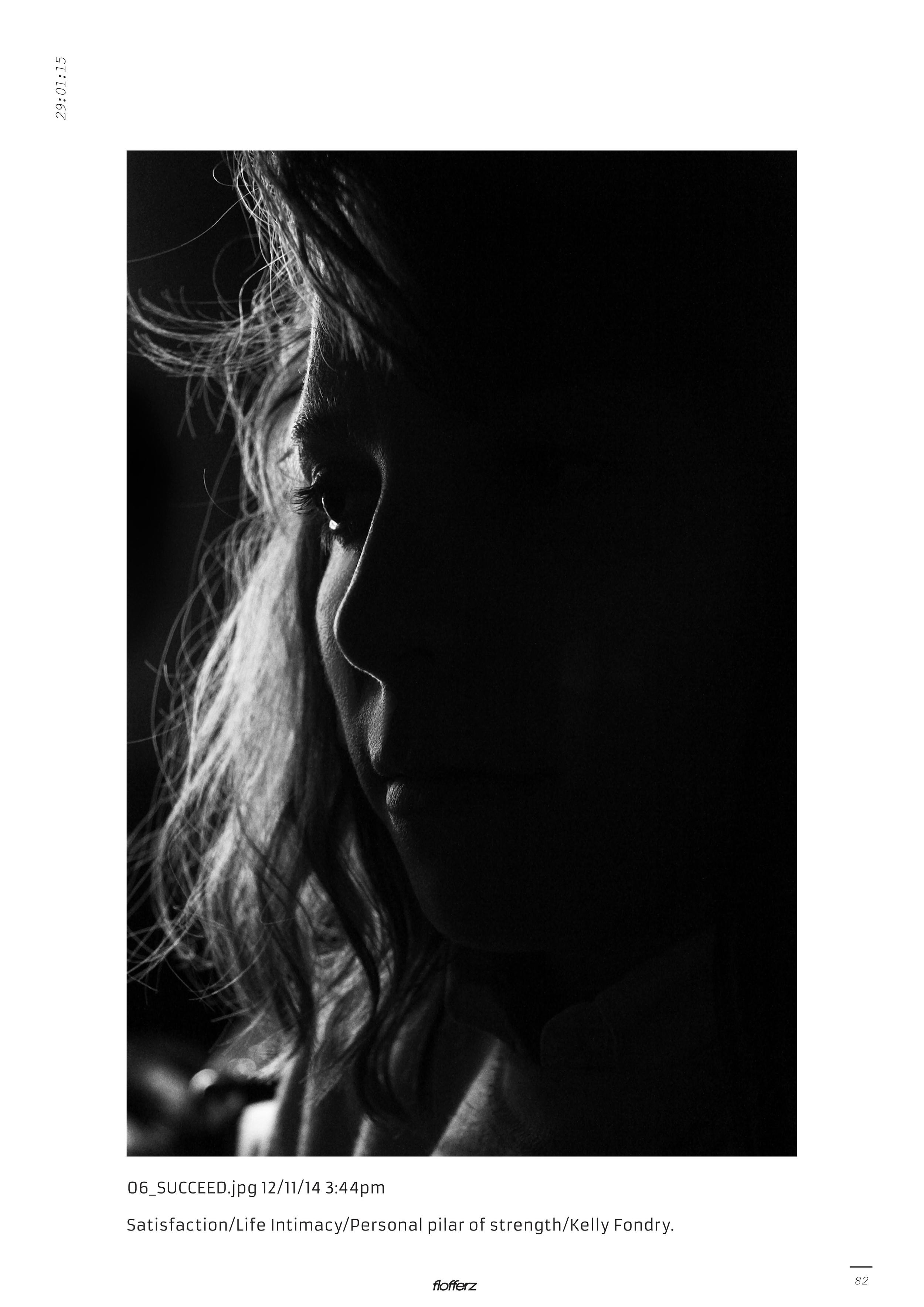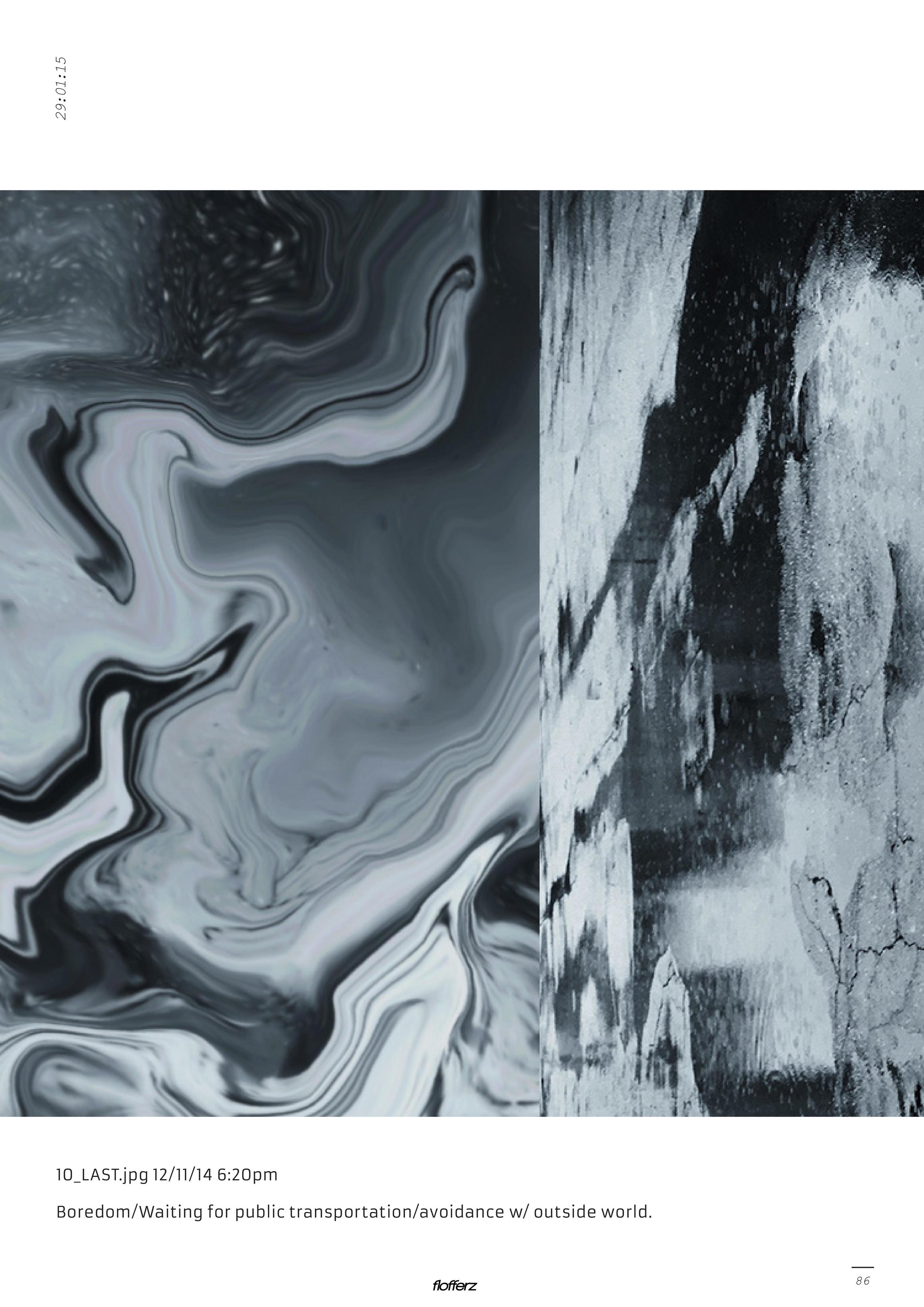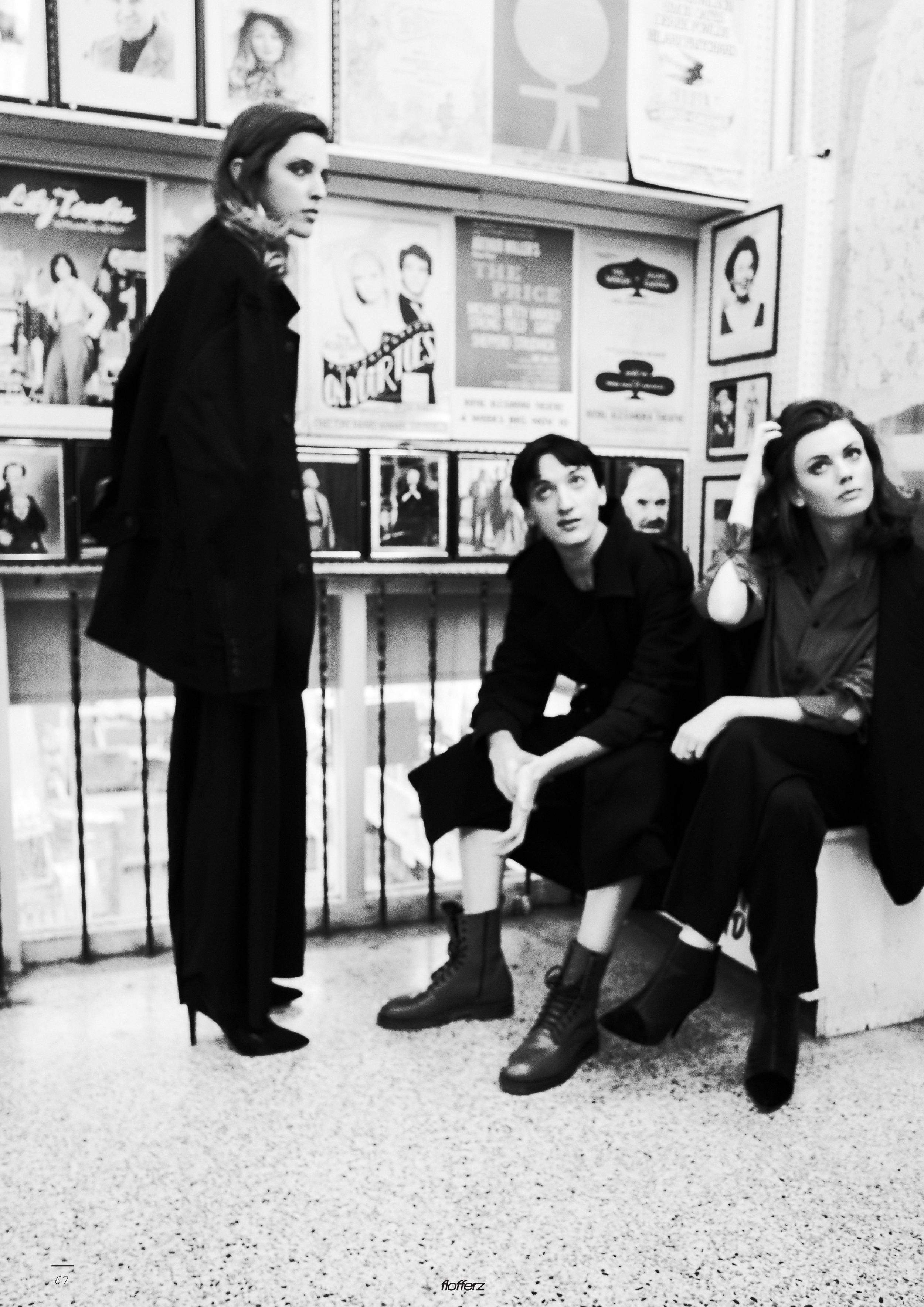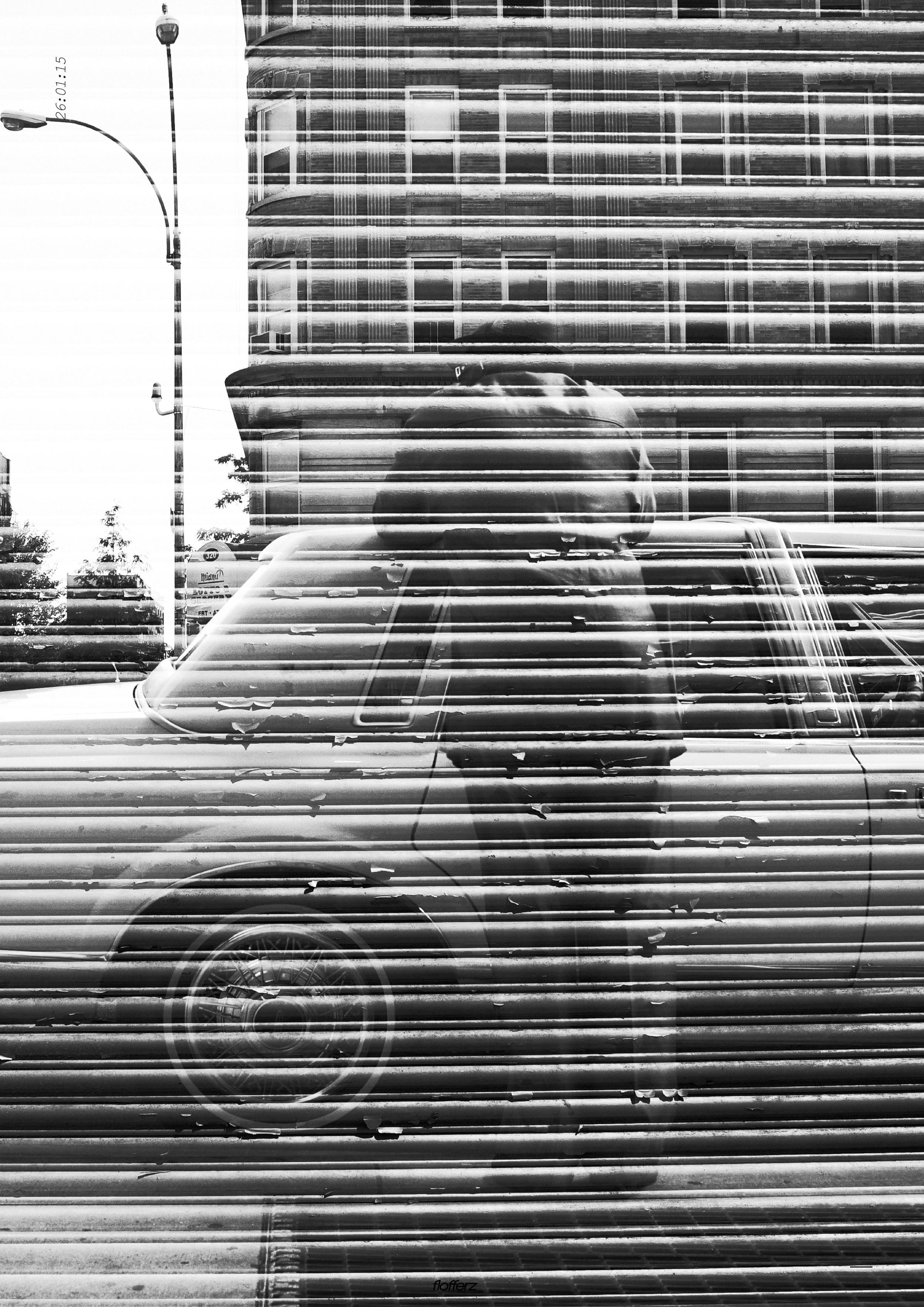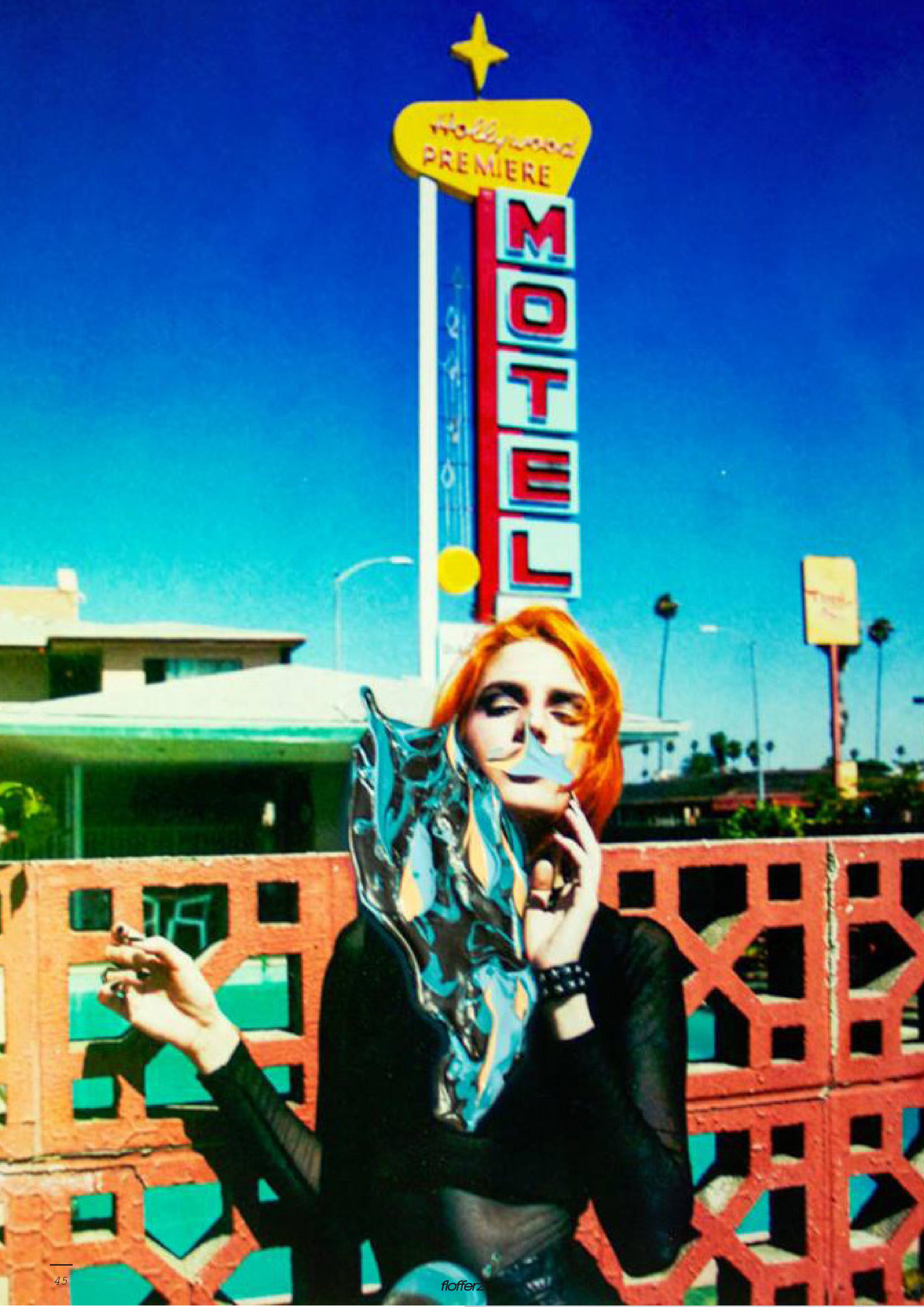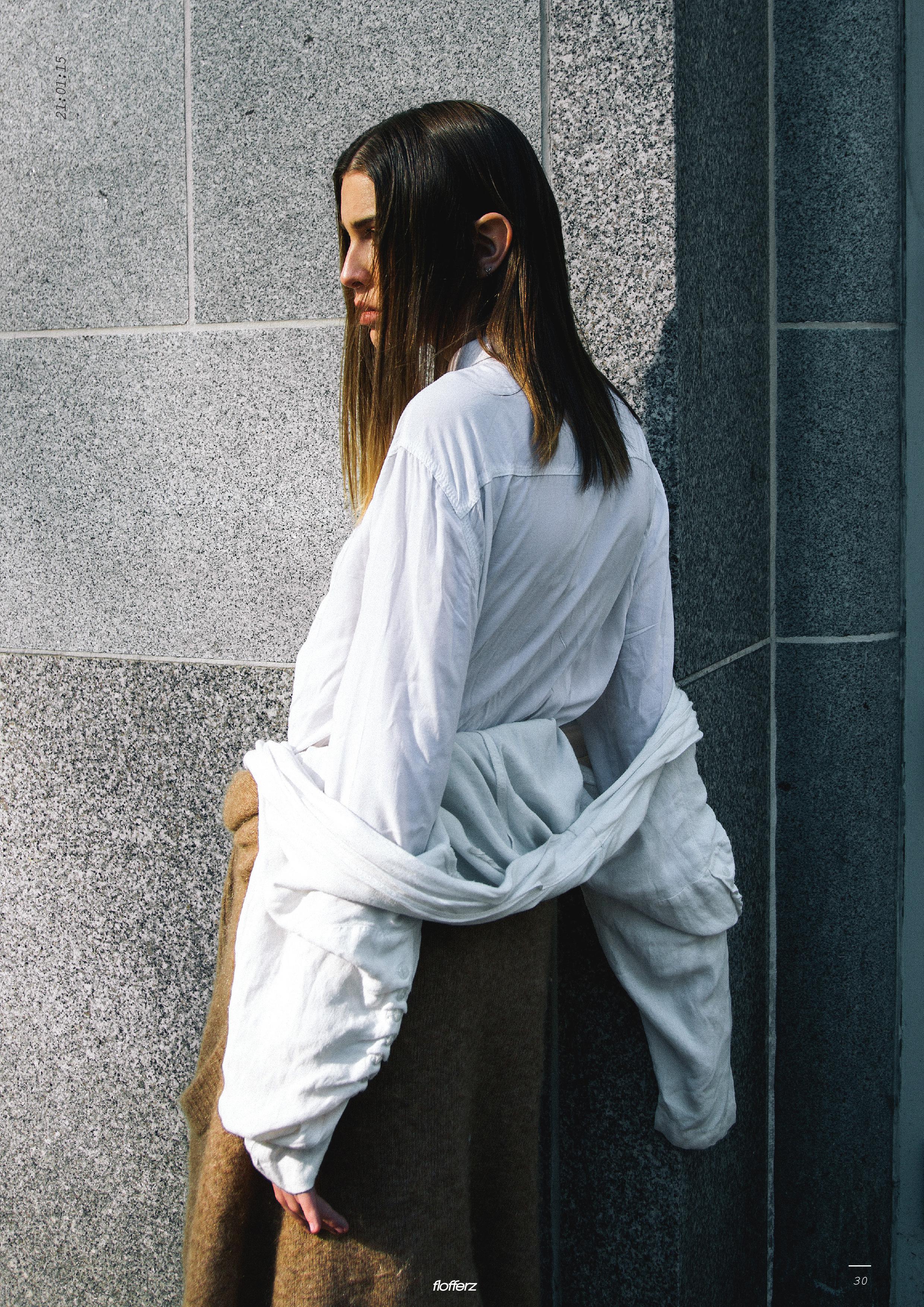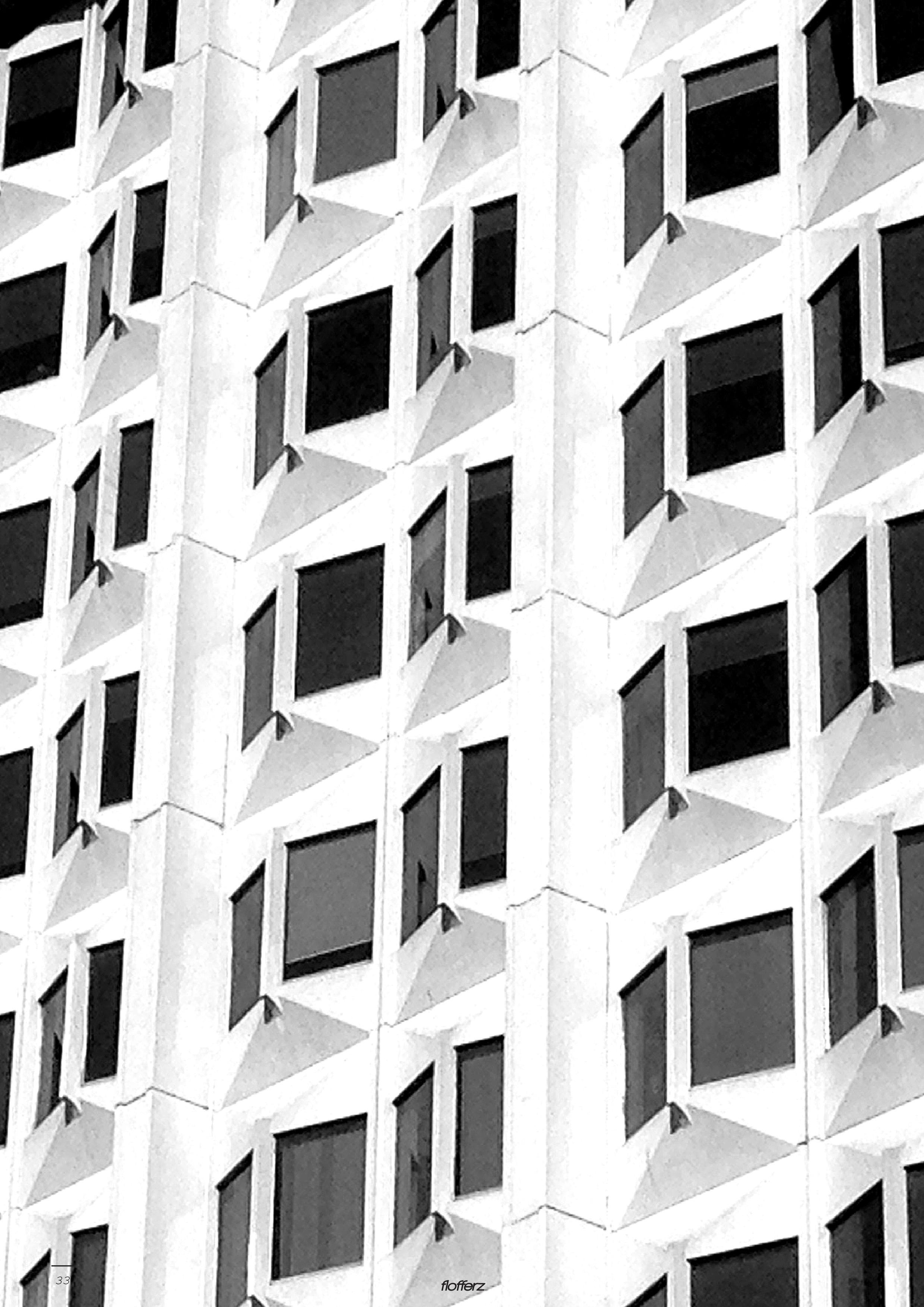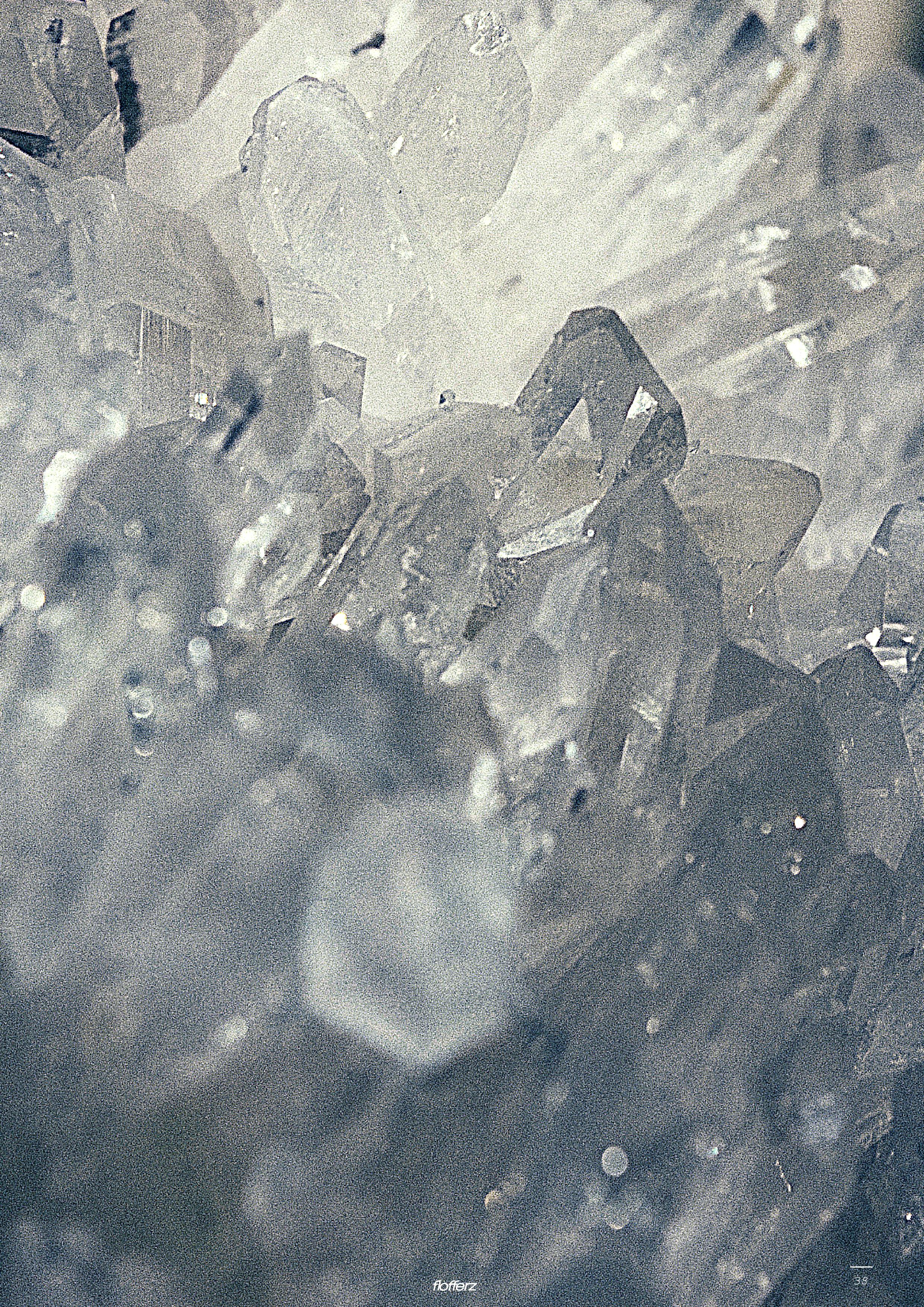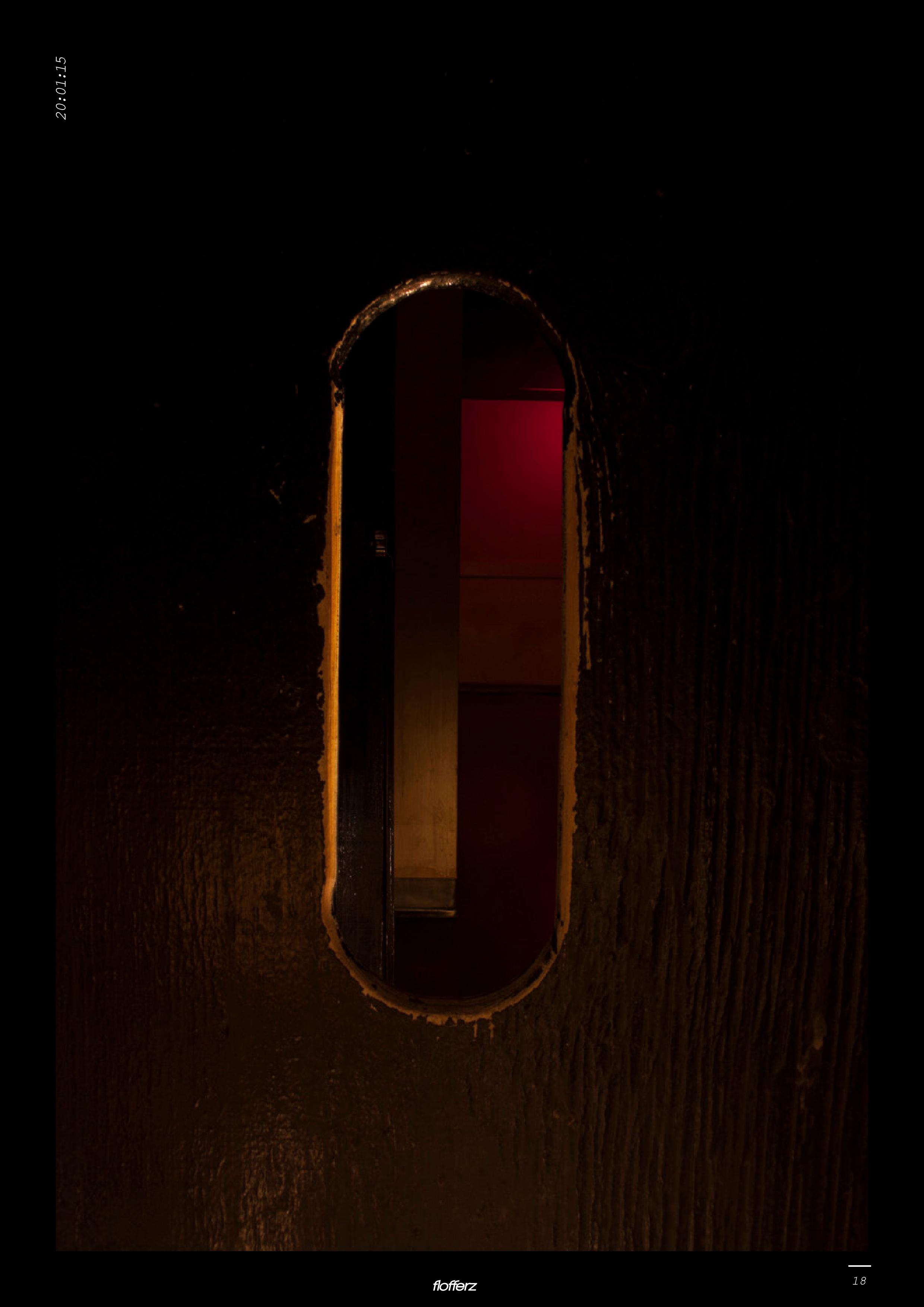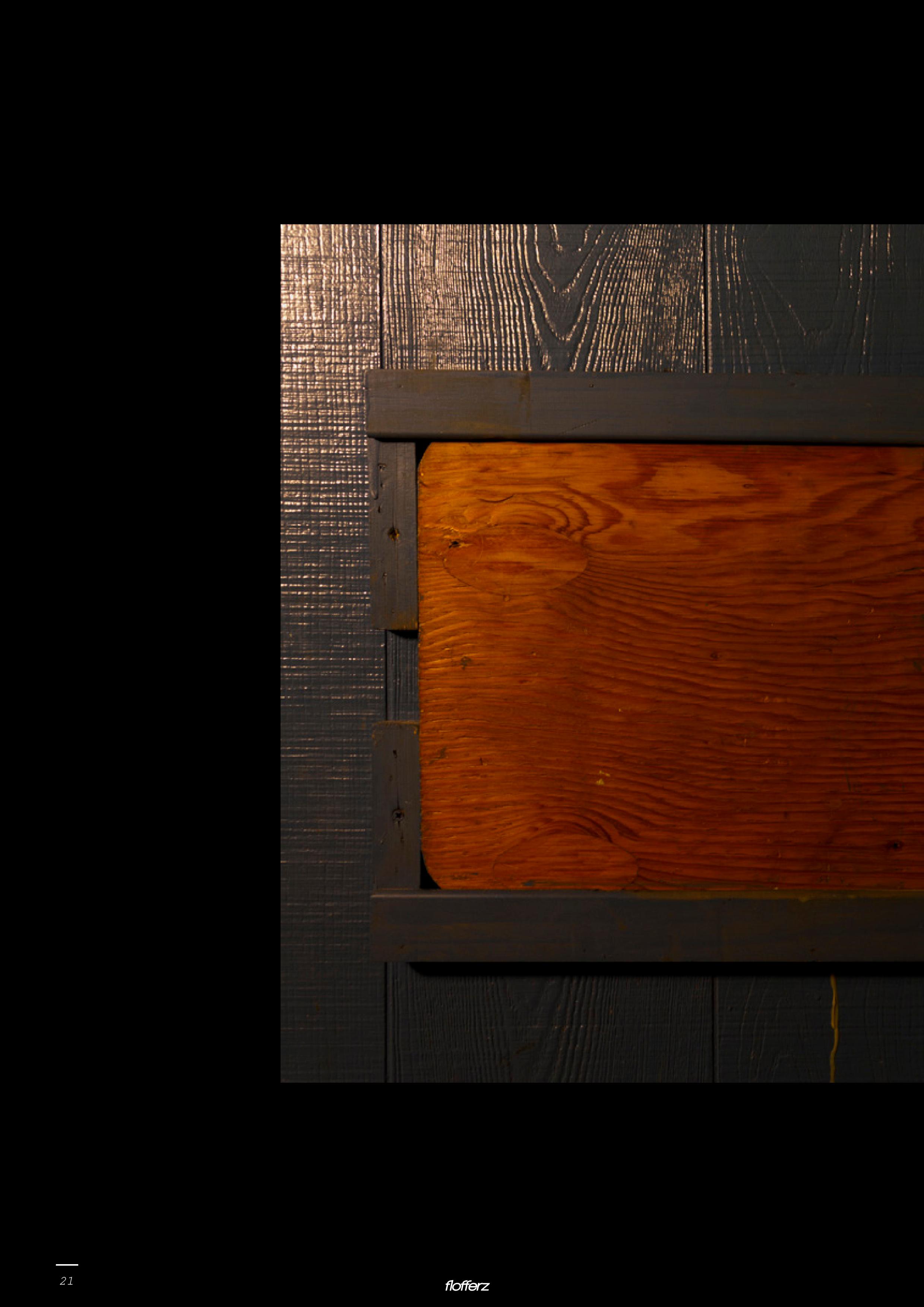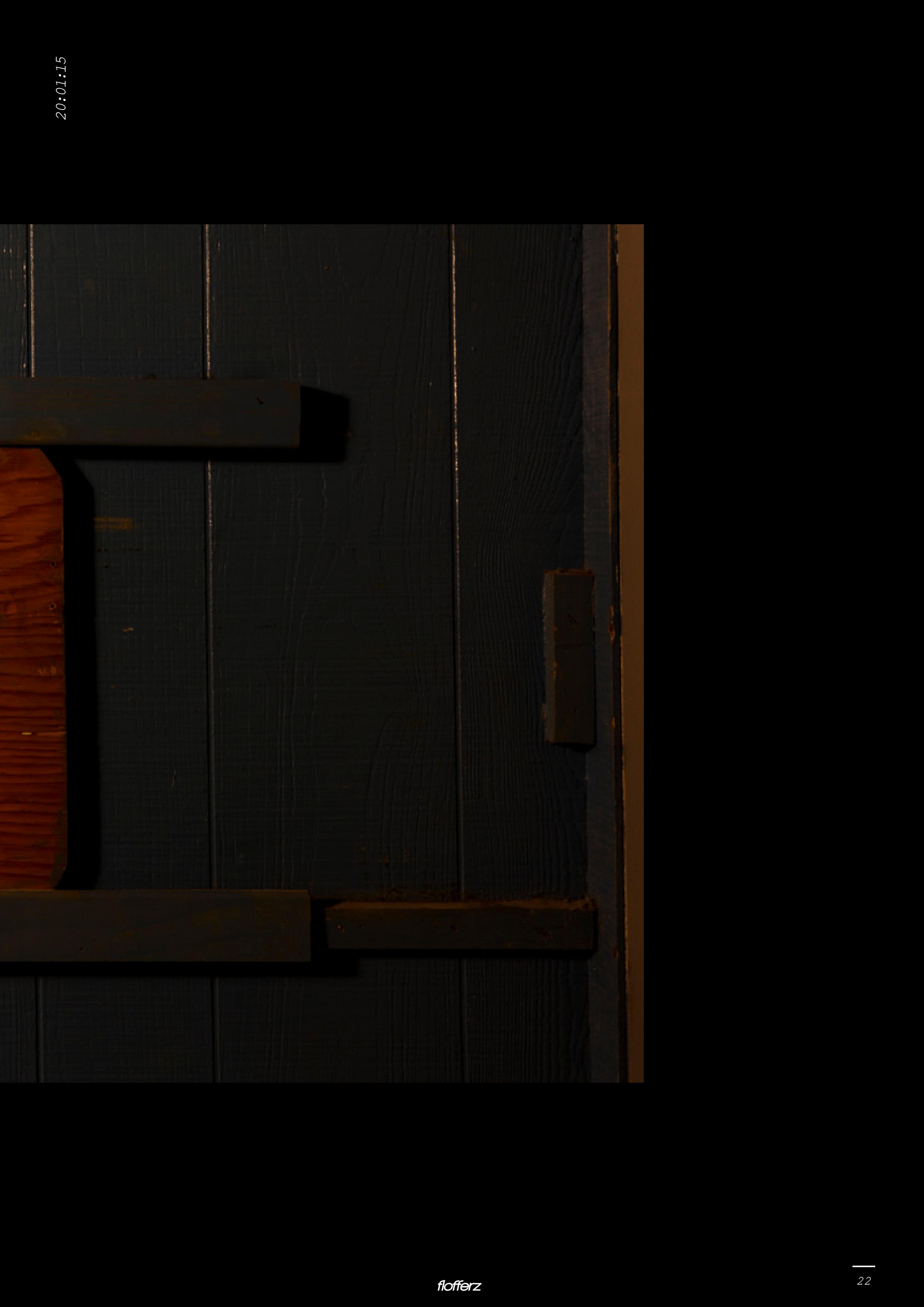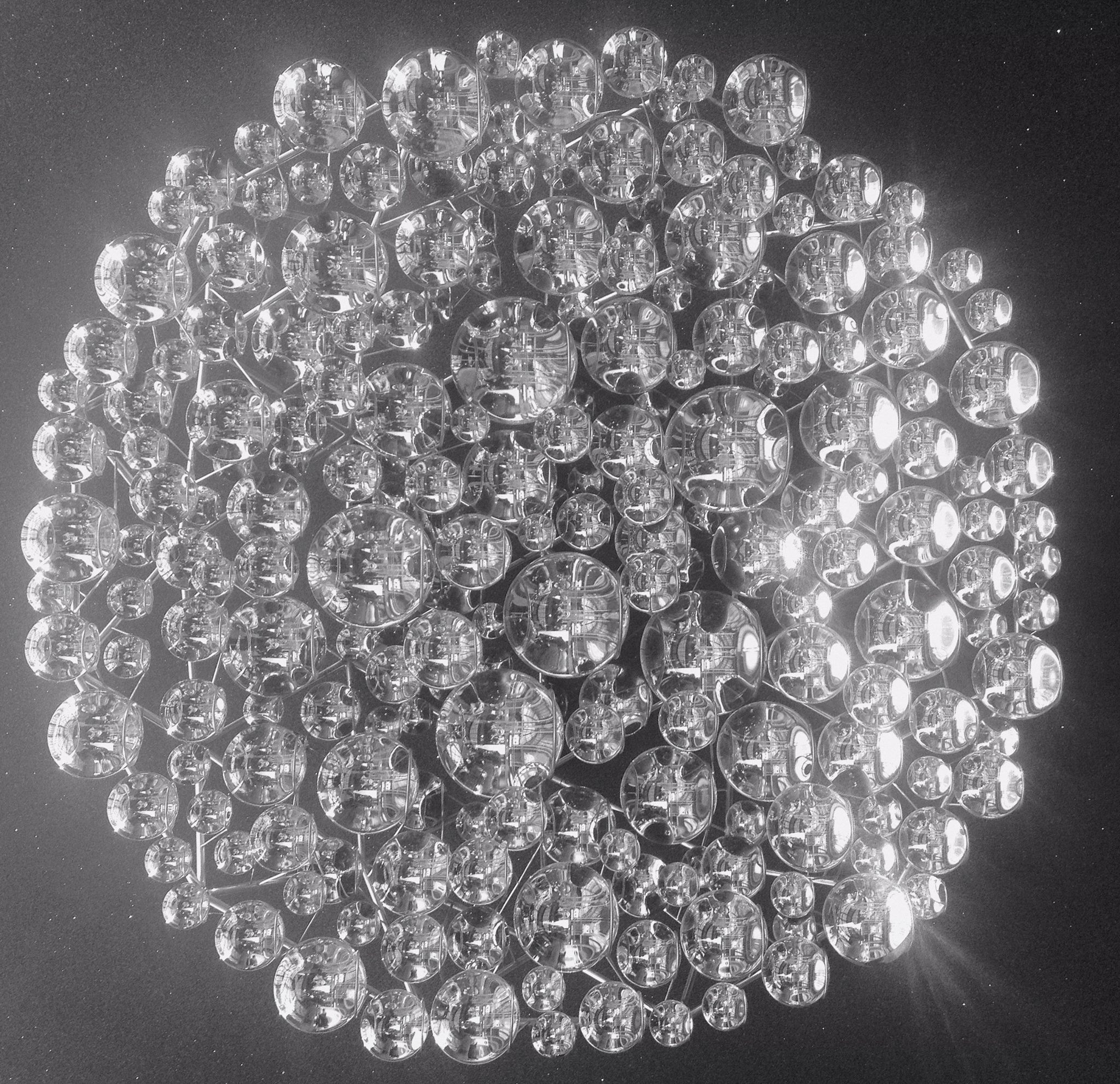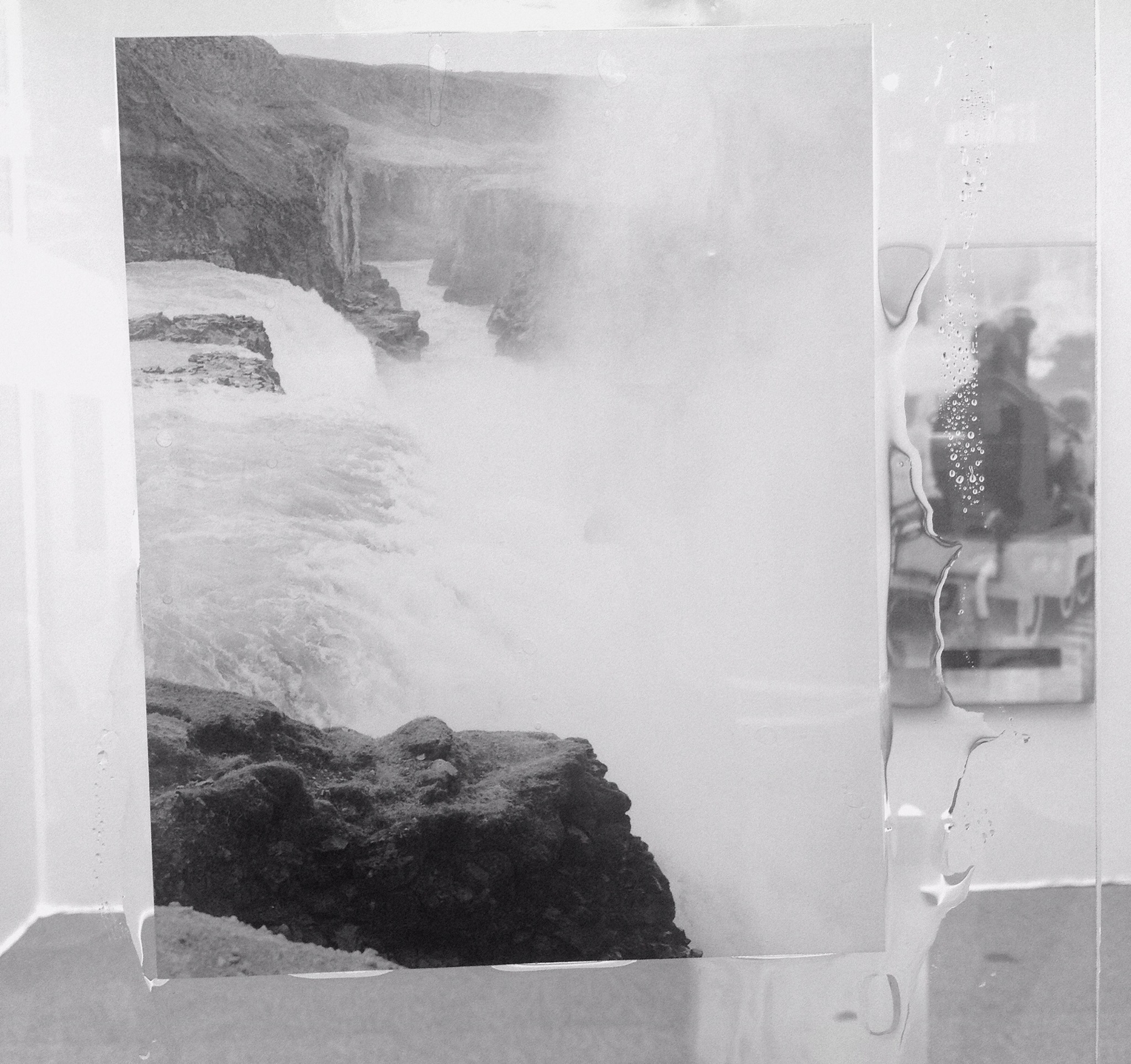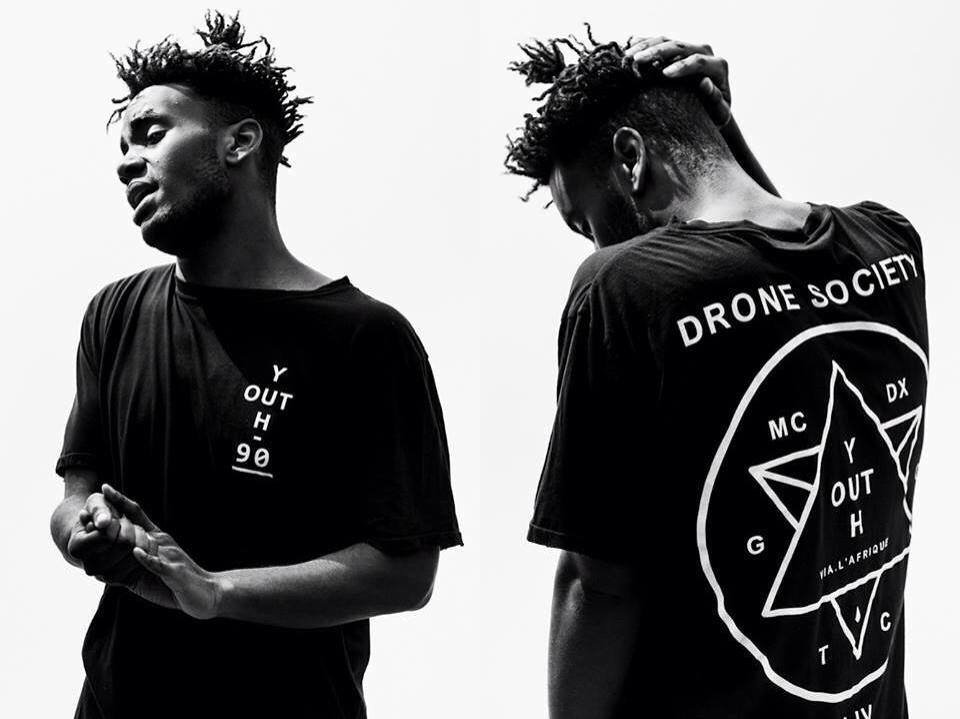Full Name: Neva Wireko
DOB: Jan 26th, 1989
-Where were you born?
I was born in Toronto.
-When were you first introduced to photography?
To be honest photography kind of found me. I went to college for both Fashion Arts and Graphic Design but didn’t know entirely what I wanted to do with my life. I spent a lot of time doing part-time jobs (that I hated) that were close enough to fashion and art that they maintained my intrigue.
I had a slight interest in photography but wasn’t really sure where to start- then a friend sold me a Canon Rebel for $50 which gave me my start. Before buying that camera I had never done photography but I was excited about the chance to experiment. After that first introduction I had no doubt of what I was meant to do with my life.
-What influenced you to create?
As cliché as it might sound, music was the catalyst for me. The sounds and rhythms of music opened portals in my mind that allowed me to visualize textures and feelings and essentially imagine all the things that I create. It was as though every new sound I would hear was a new image being formed organically. All I had to do was continue to feed that love for music and allow it to grow (find new sounds and rhythms that created new feelings I had never felt) and the rest of my creativity flourished on its own.
-What relationship do you have with your subjects?
When it comes to agency models I create a character and setting for them, essentially a role for them to play in a beautiful universe that we’re creating together. Prior to them coming on set, I make a distinction between who they are and who they are while we’re shooting. I want to translate their likeness into a new world that they most likely have never been to either. I enjoy when afterwards models see the photos and are surprised by the outcome, some can hardly believe that it’s them in the photo.
When I am shooting friends or people I’ve met on my journey, we’re sort of searching for beauty. It’s like two friends hunting for a treasure that we’ll create together.
I’m fascinated by people who have come to understand who they are, whether it’s their look or how they dress- when I’m shooting people I’ve approached because of that reason, I sort of become a visual analyzer and do my best to capture their essence and show it off.
-How did photography change your perspective of the world?
Practicing photography has conditioned my mind to see things out of context. To pull aesthetically beautiful images from what would be perceived as mundane while capturing complex things in a simplified style.
-What is beauty?
Beauty is a label that is associated with different qualities, perceived by our senses.
I am not interested in the typical qualities associated with beauty. I prefer to discover the beauty in something unknown.
-How did mobile photography have an impact on your creative process?
Mobile photography has allowed for more possibilities, ease of access and more freedom to experiment and document frequently. There doesn’t have to be a plan anymore, I can stumble across something beautiful and capture it on the spot with my phone.
I am able to take from every moment at any given moment without having to have my digital camera on standby.
Mobile photography has acted as an active stimulation to my creative process because it has enabled me to constantly have my 3rd eye open. It has opened a creative passage in which I am able to take from every moment and make it into something of my own.
-By analogy how would you describe your relationship with your art?
My relationship with my art is very simple and very similar to the relationship I have with my houseplants.
They need nurturing- ‘Water’ as I need inspiration and they need ‘sunlight’ as I need positive energy to grow.
-Can you describe a time you were most inspired by a total stranger?
I can’t think of a particular time I was inspired by a total stranger. But I will say that I am inspired by individuals who are creating for their own purpose and following their dreams. Seeing creative people find their road to success is extremely inspiring to me.
-What would you say is the purpose of your photography?
My photography is meant to show an altered perspective on fashion. It is to blend all of the elements of art, photography and fashion into a new, more whole perspective that can’t be entirely classified but is instantly recognizable.
I like to challenge the standard perception of what “fashion photography” is by adding elements of art that have influenced me. I explore the relationship between fashion and art and I am always aiming to blur the line between which one is most prominent.
-Do you think photography can be taught? And why?
Like anything else, I feel the technical skills of photography can be taught. But teaching someone how to use a camera and lighting is only giving them the skills to express their own creative instincts.
I feel like creativity is an instinctive characteristic that can’t be taught but can be nurtured and harnessed. If there is any trace of it within someone I believe there are ways to access it and build upon it, but I do think it’s extremely difficult to give someone the ability to ‘see things differently’.
-Why do you photograph? What message are you trying to translate to the world?
I take photos because it is my gateway to a sense of freedom. I am always free when I’m taking photos. I am always doing the exact thing I want, always capturing the exact thing I want, always expressing the exact thing I want. There are no boundaries. No borders. No one dictates what I can and cannot do. It is my passage to that bit of pure freedom that we all chase and desire. It is my peace of mind.
When someone sees my photos the message I want them to take from it all is to chase what you desire. The underlying message in every editorial I’ve ever done is to follow your dreams. Become what you desire most. Express what you’ve been told to suppress. You are already who you want to be, you just need to believe it first, so that everyone else can.
-If you had to entitle your autobiography, what would it be? And why?
I would title it ‘Chasing Freedom’. Because it is the pursuit we all have before us - it is the journey that all of us share even if we don’t realize it. Everyone wants freedom. It can be at different degrees but it is the one thing we all want.
If someone wants to be a millionaire it is because those millions of dollars gives them freedom- to do whatever they like, spend their time doing whatever they want most. If someone wants a nice car it’s because it gives them freedom- freedom to go where they want, when they want. If someone wants to pick up a camera to take photos its because that gives them freedom- freedom to express what they want and how they want. I could go on forever but essentially it is the universal pursuit. And for my autobiography I would want to elaborate on that chase and the extent that I have gone through and continue to go through in order to make it come to be.
-Who is your biggest inspiration and why?
I would say my mother and my boyfriend. I say my mother because she has always shown me that you must go after everything you want in life and work hard for it – nothing real is easy. She’s always inspired me to never let the ills of life control you. You always have to overcome. She’s shown me this by example as well as with words. I cannot say how much that has done for me- as this world seems to do its best to belittle your dreams and tear you down at every step.
I also say my boyfriend because of his strong sense of self and his work ethic. He has the quality of self-awareness that allows him to know his flaws, know how his actions affect the world around him and how to sort of live outside of himself so that he can be very critical of himself without falling victim to self-doubt. It’s inspiring to see someone who is very talented have that demeanor. The glamour of being talented doesn’t phase him, we share that same quality and to have someone so near to me that is purely focused on the ‘creating’ and not the ‘recognition’ that comes with it, is truly inspiring in itself. The work ethic he possesses is also very inspiring, to see how much of himself he invests into his artistic ventures is very motivating.
-What’s the most fulfilling thing that ever happened to you?
I can’t say that I have experienced that event just yet.
-What impact did social media have on your creativity?
It gave me a platform to showcase my work internationally and it has also introduced me to other creative people who I am very inspired by. It’s a great tool when used effectively because it takes you away from your immediate network and allows your work to reach people in places you couldn’t imagine. I think social media is wonderful for allowing you to show “who you are” through you work, beyond a face or a name, you can solely understand someone from what they create and give to the world.
-Does nature shape our personalities more than nurture?
I feel that nurture shapes our personalities. The experiences we go through, the people we associate ourselves with, the choices we make, molds our character.
-In your opinion what makes a good photograph?
The perception of what makes a photograph "good" revolves around the idea of "taste". Through the development of my own personal sensibilities I’ve learned that there are different degrees to a ‘good’ photograph. To pinpoint specifically what makes a ‘good’ photograph I think would be a bit egocentric.
There are so many ways to create something that’s good and there are many different styles of photography to express what you want. Someone can ignore all basic principles of photography and make an astounding photo. When it’s good though, it’s good, and you don’t question it.
-What is photography to you?
Photography is a passage to my child-mind. It keeps my imagination alive in a society that seems to burn out the flames of imagination.
-How does your life reflect into your creative work?
My life and work are direct reflections of one another. My work shows my natural progression and coming of age. If you go through my work you can see certain changes, certain things highlighted more, certain experiments that you may or may not have seen before. All of these reflect that I am changing. I am understanding myself more clearly and I am understanding how to exist wholeheartedly without fear.
I’m lucky enough to have very inspiring people as my closest friends, they are constantly growing and evolving. Their advances push my advances and so translates into the evolution of my work as well.
-What is the most recent thing you have learned?
Most recently I’ve learned the importance of stillness of the mind. I’ve learned how this closely relates to creativity and the overall aura. It is very important to not be rattled by the world, not to allow the world to shift who you are all of the time. You must flow with the changes while still remaining true to yourself. To be stirred by the roaring ocean but remain afloat is stability- to be swept within the waves and beneath the tide is doom.
FLOFFERZ
























